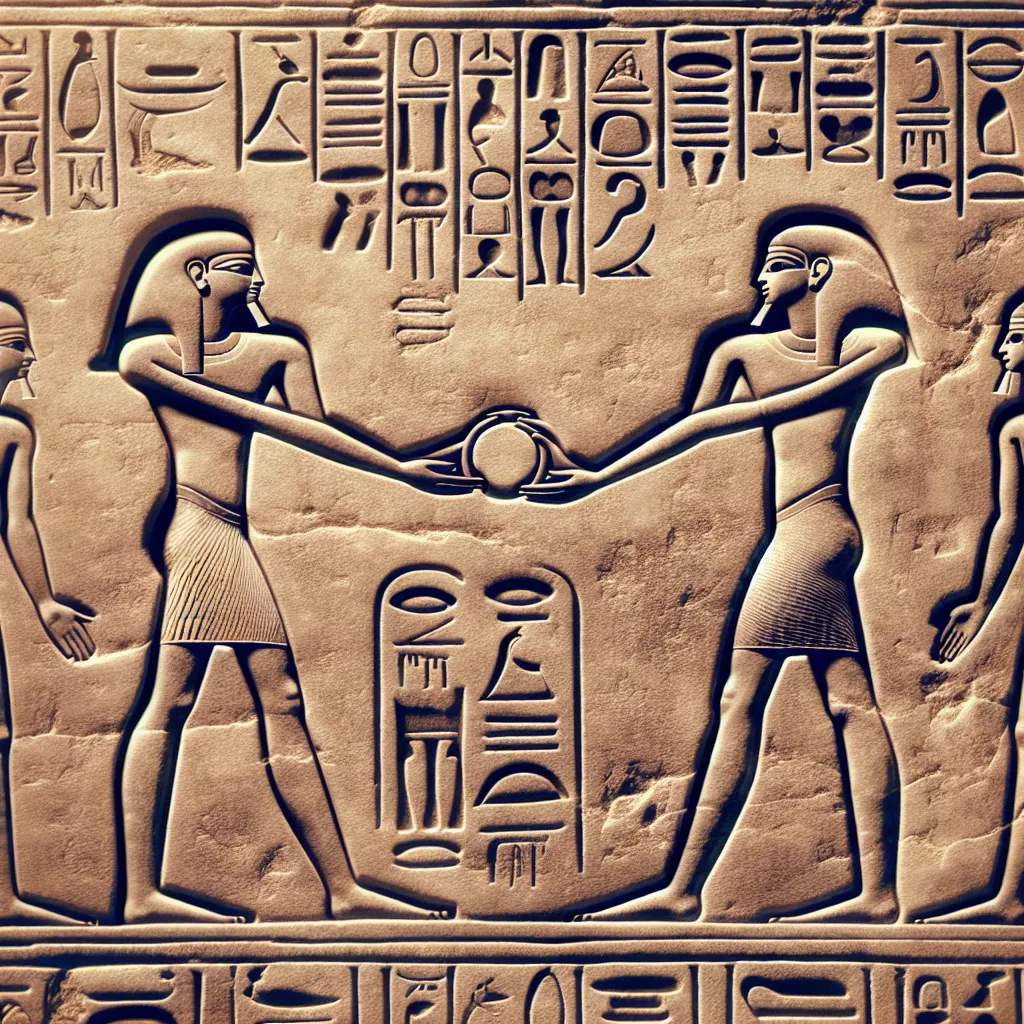The History of Ring Symbolism
The history of ring symbolism dates back thousands of years and spans across various cultures and civilizations. The ancient origins of ring symbolism can be traced to the ancient Egyptians, who believed that the circle of a ring represented eternity, with no beginning or end, symbolizing the unending love and commitment between two individuals. In ancient Rome, rings were used to signify social status and were often engraved with intricate designs and symbols that reflected the wearer’s identity and position in society.
Throughout history, rings have been used to symbolize vows, commitments, and alliances. In medieval Europe, the exchange of rings was a common part of marriage ceremonies, symbolizing the eternal love and fidelity between the couple. Rings were also used as seals of authority by monarchs and nobles, serving as a symbol of power and legitimacy.
In many ancient cultures, rings were believed to possess mystical and protective properties. The use of gemstones in rings was thought to harness the powers of the natural world and provide the wearer with spiritual protection and guidance. Rings were also used as talismans and amulets, with specific symbols and designs imbued with meanings of luck, prosperity, and warding off evil.
Over time, the symbolism of rings has evolved and diversified, with different cultures and traditions attributing their own meanings to these timeless pieces of jewelry. Today, rings continue to hold significant symbolism in various aspects of life, from romantic love and commitment to cultural heritage and personal expression.
Ancient Cultures and Ring Significance
Ancient cultures have long attached deep significance to the symbolism of rings, with these powerful objects serving as potent symbols in various cultural and spiritual practices throughout history. The origins of ring symbolism can be traced back to ancient civilizations such as the Egyptians, Greeks, and Romans, where rings were imbued with diverse meanings and functions.
In ancient Egypt, for example, rings were seen as powerful symbols of eternity and were commonly exchanged as tokens of love and commitment. The circular shape of the ring, with no beginning and no end, symbolized the unending nature of the emotional bond between individuals. Additionally, rings were often inscribed with intricate symbols and hieroglyphs, further enhancing their significance and serving as a form of personal expression and protection.
Similarly, in ancient Greece, rings held multifaceted meanings, ranging from symbols of status and authority to tokens of romantic love and fidelity. The practice of exchanging rings during marriage ceremonies was prevalent, signifying the eternal union of the couple. Moreover, ancient Greek rings often featured engraved images of powerful gods and goddesses, infusing them with divine protection and blessings.
In the Roman Empire, rings played a crucial role in signifying social status and affiliation, with elaborate signet rings being used to seal important documents and mark one’s identity. Additionally, rings were adorned with intricate designs and gemstones, reflecting the wearer’s wealth and influence. The practice of wearing rings as a symbol of allegiance to a particular deity or belief system was also widespread, highlighting the spiritual significance attributed to these accessories.
Overall, the ancient origins of ring symbolism across various cultures highlight the enduring significance of these timeless objects, with their meanings transcending time and continuing to hold deep symbolic value in modern society.
Symbolic Meanings of Rings Throughout History
Throughout history, rings have held deep symbolic meanings in various cultures and civilizations. The ancient origins of ring symbolism can be traced back to early civilizations such as the Egyptians, Greeks, and Romans. These societies used rings to symbolize many aspects of life, including power, authority, and love.
In ancient Egypt, the circular shape of the ring was seen as a symbol of eternity and the unending cycle of life. Egyptians used rings in both daily life and religious ceremonies, often adorning them with intricate hieroglyphics and symbols of gods and goddesses.
Similarly, in ancient Greece, rings were used to signify social status, allegiance to a particular deity, or commitment to a significant other. The symbolism of the ring was closely tied to the material from which it was made, with gold rings representing the sacred and the divine.
Roman civilization also placed great importance on the symbolic meanings of rings. Roman men and women wore rings to denote their status in society, and the use of signet rings for sealing important documents signified authority and authenticity.
Over time, the symbolic meanings of rings have continued to evolve, with different cultures incorporating their own beliefs and customs. From the significance of wedding rings to the symbolism of signet rings, the tradition of ring symbolism has persisted throughout history, making it a timeless and universal form of communication.
Understanding the ancient origins of ring symbolism provides insight into the enduring significance of rings in contemporary society. Whether as a token of love, a symbol of commitment, or an emblem of status, the tradition of ring symbolism continues to enrich and enliven our lives today.
The Evolution of Ring Symbolism
When we explore the ancient origins of ring symbolism, we uncover an intricate evolution of meaning and significance attached to this timeless object. Throughout history, rings have held diverse symbolic representations, evolving alongside human culture and beliefs.
In ancient Egyptian culture, the circular shape of the ring was emblematic of eternity and the unending cycle of life. Rings were also associated with the divine and were often inscribed with hieroglyphs or symbols of gods and goddesses, serving as potent talismans.
Similarly, in the Roman tradition, rings symbolized power and authority, often adorned with engraved images of deities or rulers. They were used as official seals to mark documents and correspondence, denoting the authority of the sender.
During the medieval period in Europe, the significance of rings expanded to encompass themes of love and commitment. The exchange of rings became a symbolic ritual in weddings, representing the eternal bond between partners.
As we progress through history, the symbolism of rings continues to shift and adapt, reflecting the evolving values and beliefs of societies. From signifying familial lineage to expressing personal style, the journey of ring symbolism is an ever-unfolding narrative of human culture.
Understanding the evolution of ring symbolism provides a profound insight into the interconnectedness of human history and the enduring symbolism of this ancient adornment.



